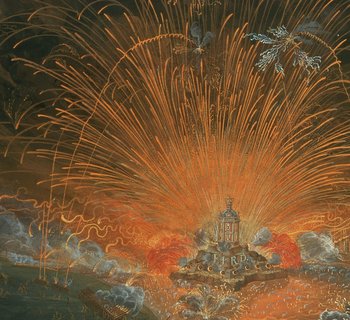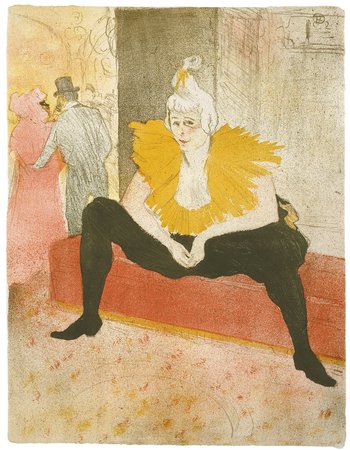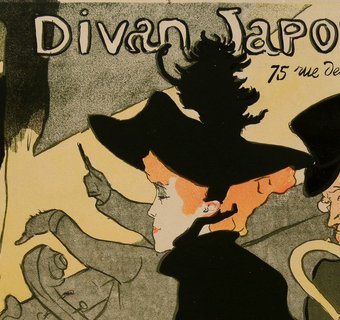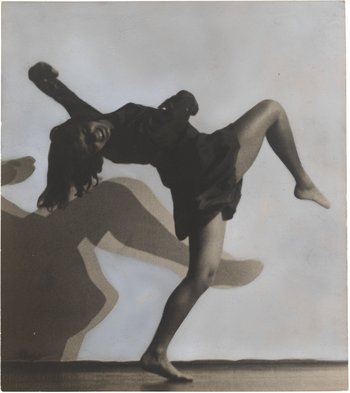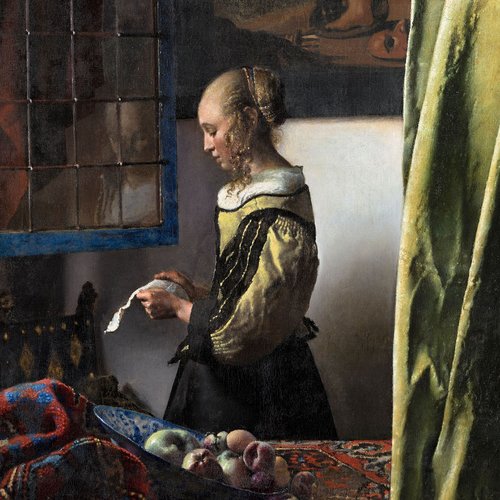[Translate to English:] Von Beginn an
Intended from the outset as a universal collection, the Kupferstich-Kabinett has always been open to works from all periods and countries, and it has been constantly expanded with that in mind. Those responsible for the collection have always remained attentive to the art being produced by their contemporaries and have often showed particular foresight in their acquisitions. Many of the works that were contemporary and still unknown at the time of their acquisition are now among the most treasured items and are held in equal esteem with works that entered the collection as masterpieces. Examples include early etchings by the then little- known Giovanni Battista Piranesi (1720– 1778), which were purchased in the 18th century. Another example of works acquired directly from the artist are those by Adrian Zingg (1734–1816). In the late 19th century, the museum’s Director, Max Lehrs (1855–1938), also directly promoted artists such as Max Klinger (1857–1920) and Käthe Kollwitz (1867–1945). On the art market, Lehrs acquired contemporary French prints, including numerous works by Henri de Toulouse- Lautrec (1864-1901). This openness to contemporary art continues to characterise the collection today and forms the basis of the Kupferstich-Kabinett’s self-image as an institution that is not only dedicated to preserving the past but is also committed to the present day.
